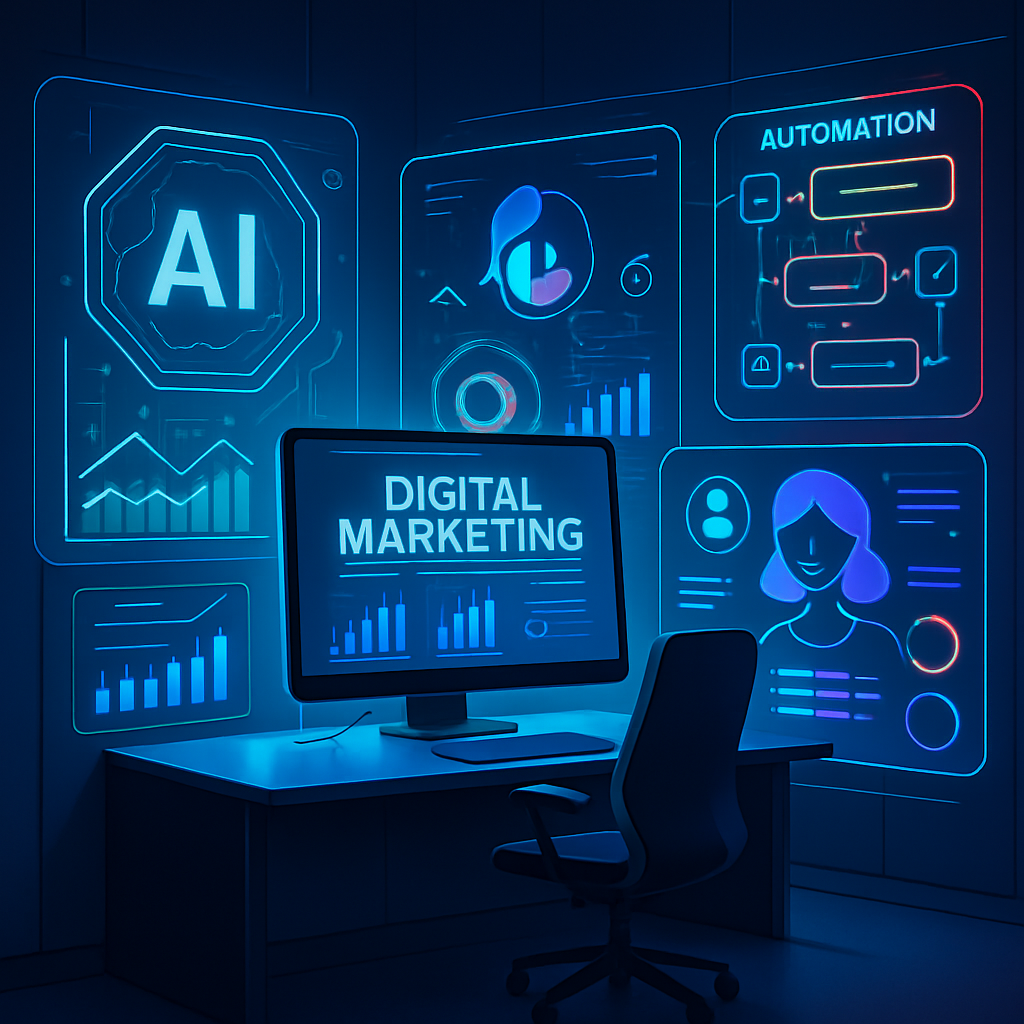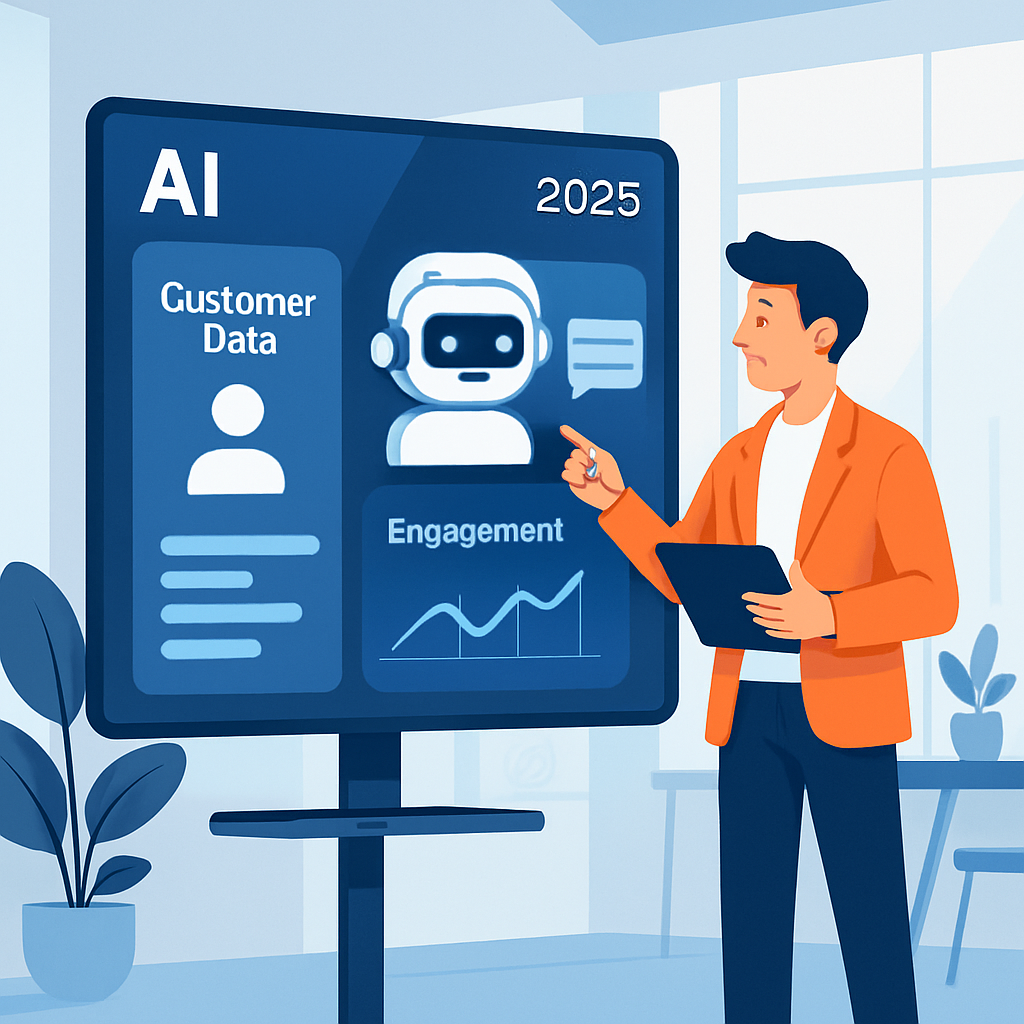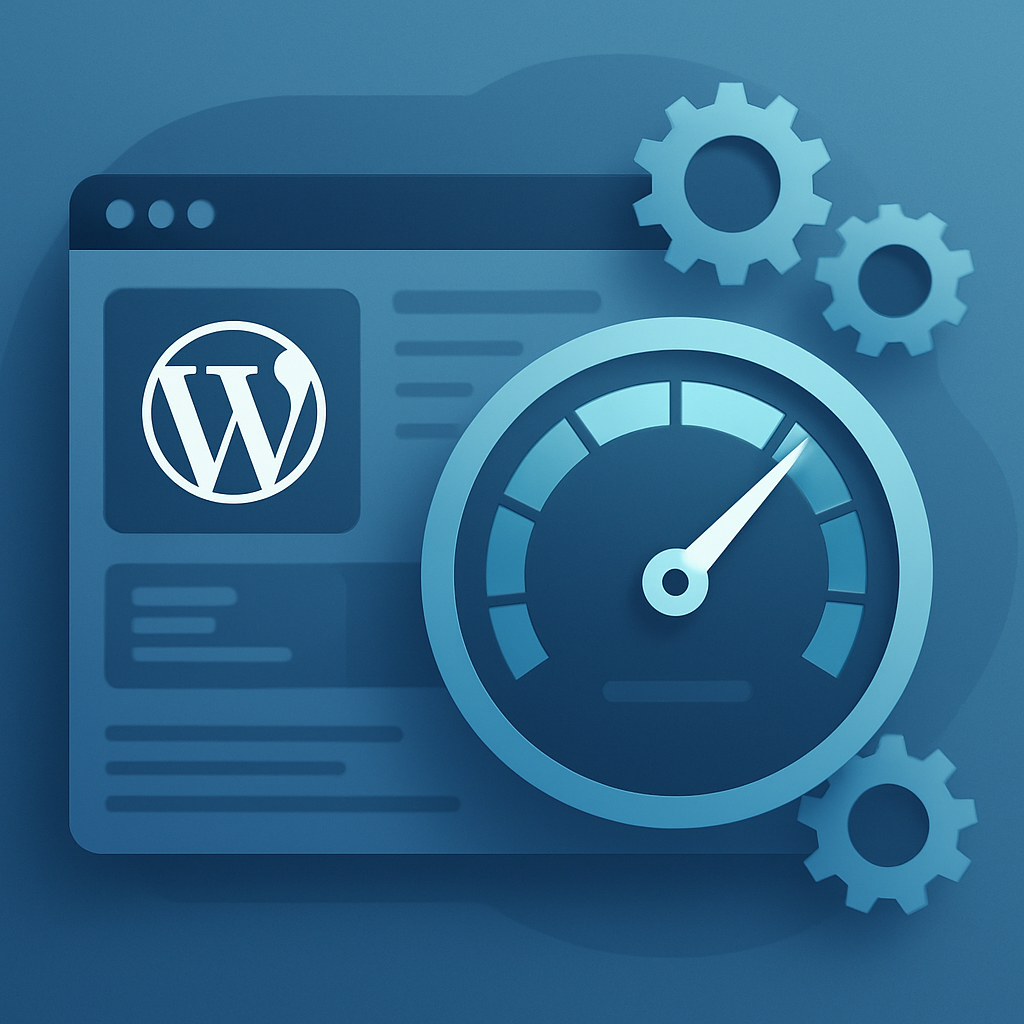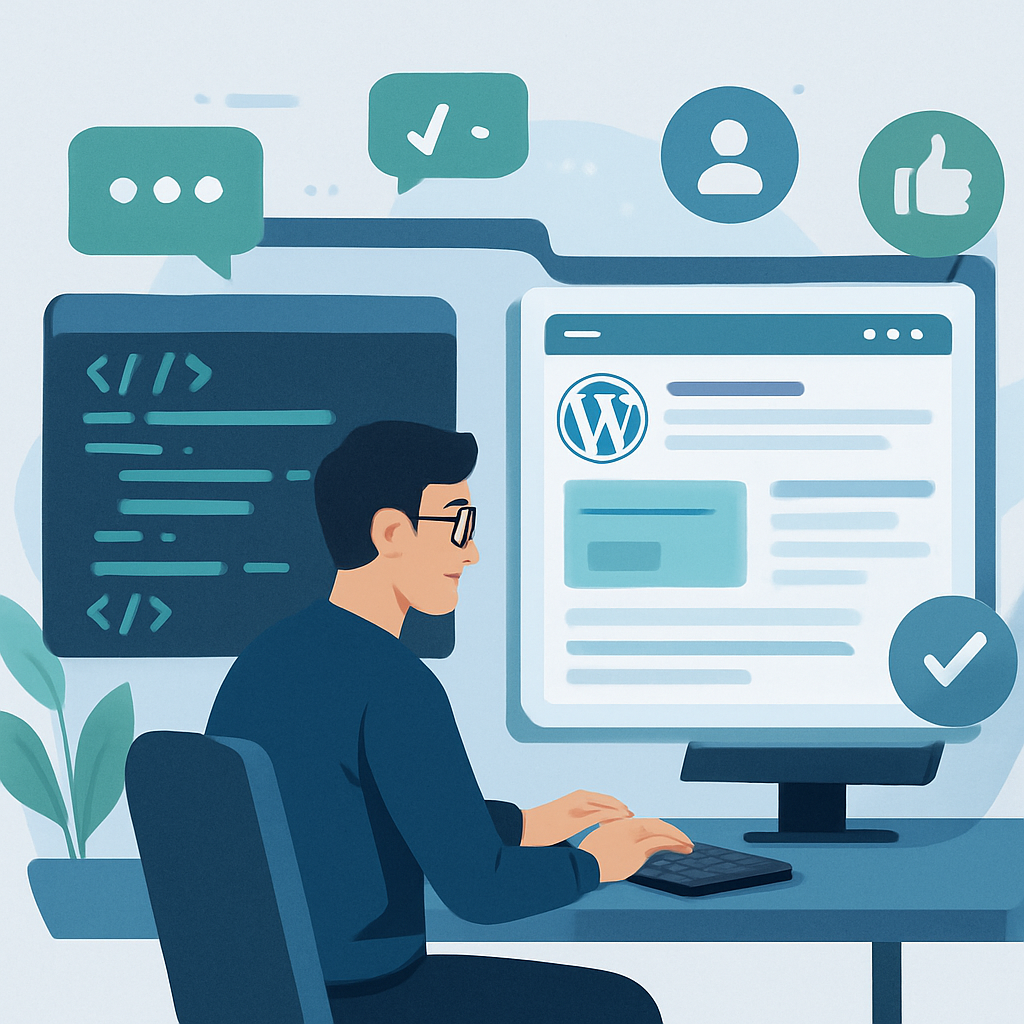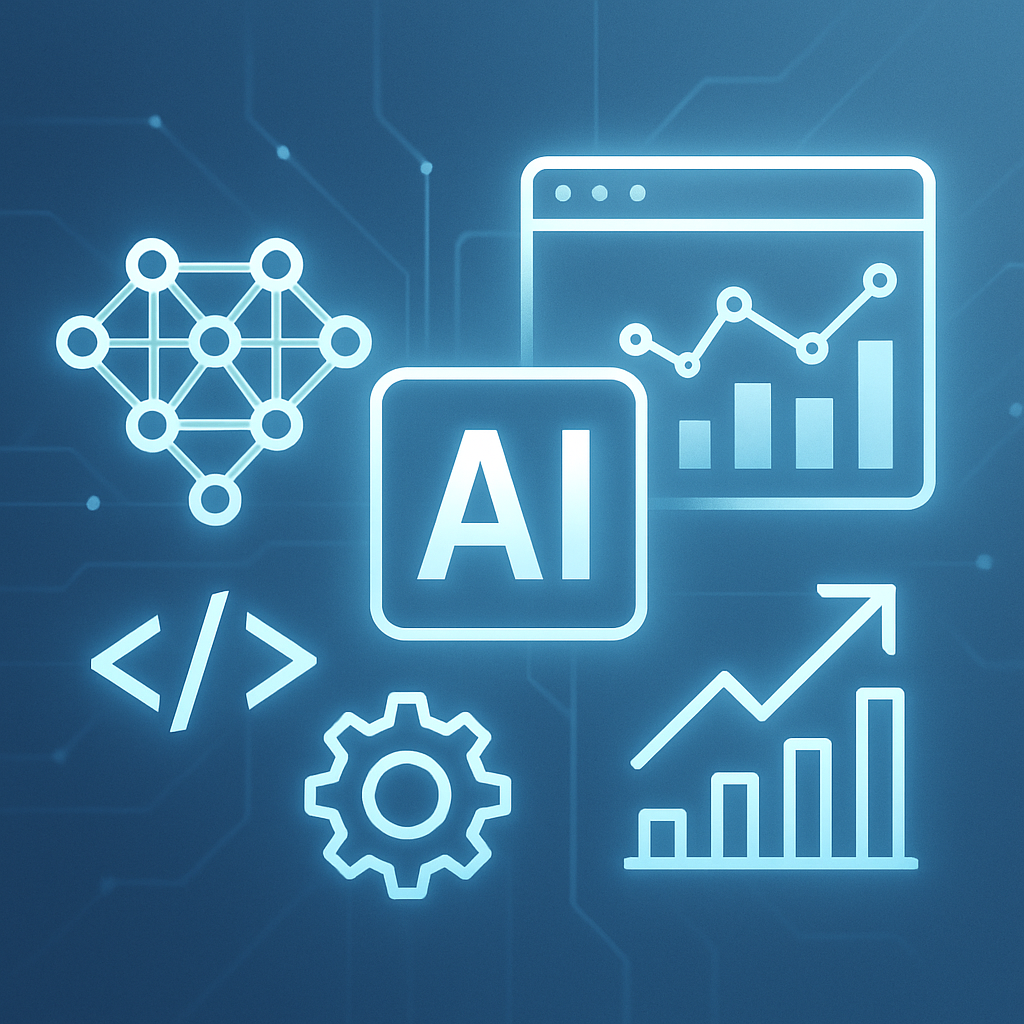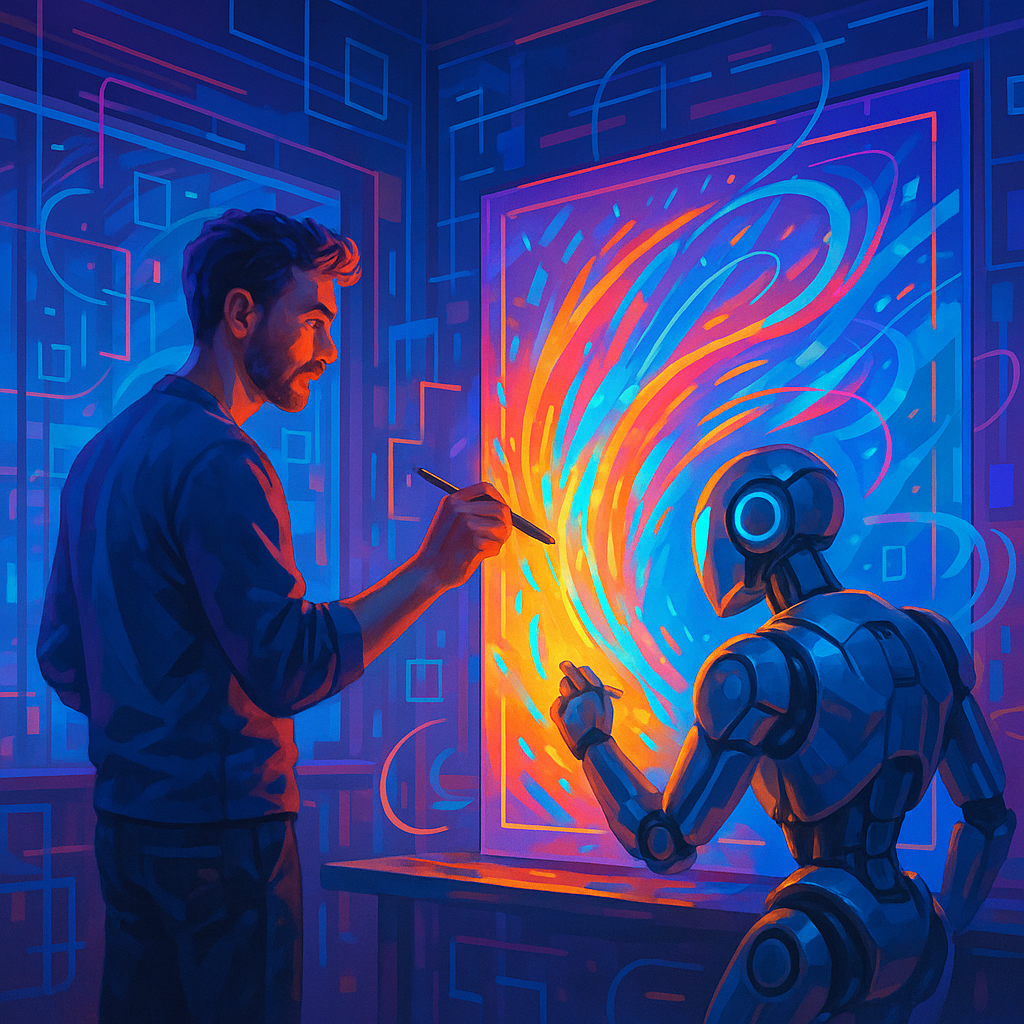
Revolutionizing Creativity: AI Tech Transforming Digital Art & Design
The Evolution of AI Tech in the Creative Landscape
Artificial intelligence has moved far beyond its roots in data processing and predictive analytics. In 2025, AI tech is a pivotal force shaping digital art and design, not only as a tool but as a creative partner. From generative adversarial networks (GANs) producing surreal imagery to AI-assisted design platforms personalizing user experience, creative professionals are witnessing an unprecedented transformation.
Generative AI: Creating Art Beyond Human Imagination
One of the most fascinating developments comes from generative AI models. These systems learn patterns from vast datasets of artwork, then create original pieces that blend styles, themes, and even moods. For example, an ai could take inspiration from Renaissance techniques and contemporary street art to generate hybrid visuals with novel aesthetics.
Artists like Lena Moreno, a digital surrealist, have used AI tools to co-create exhibitions featuring dreamlike landscapes that defy traditional artistic constructs. The AI doesn’t replace creativity; instead, it amplifies human imagination by offering unexpected combinations and ideas.
AI-Powered Design Tools Streamlining Workflow
Designers now leverage AI tech to optimize repetitive tasks, enhance precision, and personalize content for audiences. Adobe’s 2025 AI suite includes smart cropping, color matching, and layout suggestions powered by machine learning algorithms trained on millions of designs. These tools free designers from mundane chores, allowing more time for innovation.
For instance, digital marketing agencies report that AI-driven design platforms have reduced project turnaround times by 40%, while improving creative output quality. This synergy strengthens how brands visually communicate, crafting compelling stories with less effort.
Customizable AI Models for Unique Artistic Voice
Rather than one-size-fits-all solutions, many artists and studios now employ customizable AI frameworks. These allow creators to train AI on their own style, palette, and themes — resulting in bespoke creative assistants that embody an artist’s unique voice.
Visual artist and coder Amir Chen developed a personalized AI that emulates his signature glitch-art style. The AI generates raw abstract patterns that Amir selectively refines, accelerating his creative exploration without losing authenticity.
The Rise of Collaborative AI-Human Projects
AI tech is fostering new collaborative dynamics between human creators and intelligent systems. Interactive installations, virtual reality environments, and live performances increasingly integrate AI that responds in real-time, adapting visuals or audio based on audience interaction.
A notable example is the "NeuroSymphony"— a 2025 immersive experience where musicians and AI co-compose improvisations, generating dynamic soundscapes synced with evolving digital visuals. Such projects blur the line between programmed code and lived creativity.
Ethical and Philosophical Reflections
This AI-driven transformation also raises questions around authorship, originality, and the value of human artistry. As AI-generated artwork becomes commercially viable, debates surface regarding intellectual property rights and the role of human intuition versus algorithmic generation.
Art critics suggest that embracing AI as a tool respects human creativity, positioning the technology as an extension of artistic sensibility rather than a threat. The evolving narrative encourages dialogue on how humanity defines creativity in collaboration with machines.
Future Outlook: Blending AI Tech with Analog Traditions
Looking ahead, the fusion of AI tech with traditional mediums promises innovative hybrid practices. Artists experimenting with AI-augmented painting or sculpture could gain new modalities of expression.
Educational programs are already incorporating AI-driven design courses, preparing a generation fluent in both code and creative craft. The convergence of algorithmic precision and analog warmth signals a new renaissance in digital art and design, powered by AI's ever-expanding possibilities.
Conclusion
The landscape of digital art and design in 2025 exemplifies a profound revolution catalyzed by AI tech. From generative creativity and workflow automation to personalized AI collaborators, the technology widens horizons for expression and experimentation. As artists and designers continue to harness these tools with ethical mindfulness, the realm of creativity evolves into a vibrant partnership between human vision and artificial intelligence.
